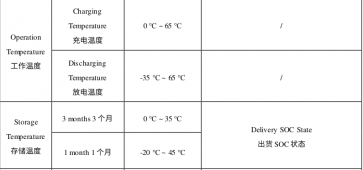I have an off-grid, water access camp in northern NYS's Adirondack Mountains. I've been using 12V solar panels, deep cycle group-29 lead acid marine batteries, sine wave inverter and a PWM charge controller for years. It works OK. I use it to power LED strip lights, ham radio equipment, small water pump, vacuum cleaner, laptop computer, and webcam.
When the sun is low and batteries are cold in the winter, system voltage can drop below 12V. The camp, built on posts, is unheated when it's unoccupied. Night time winter temperatures can get down to -30° F or even -40°. The batteries are located on the floor behind the wood stove. I'd like to use LiFePo batteries but from what I'm reading, this would only be possible for three seasons Spring-Summer-Fall. Is there a Li battery that can be used and charged in my situation? Is there a Li battery that can even be stored safely at -30° F or would I need to take them home for the winter? This story describes just how cold it gets there.

 www.northcountrypublicradio.org
www.northcountrypublicradio.org
Hoel Pond WebCams!
k2rl.com
When the sun is low and batteries are cold in the winter, system voltage can drop below 12V. The camp, built on posts, is unheated when it's unoccupied. Night time winter temperatures can get down to -30° F or even -40°. The batteries are located on the floor behind the wood stove. I'd like to use LiFePo batteries but from what I'm reading, this would only be possible for three seasons Spring-Summer-Fall. Is there a Li battery that can be used and charged in my situation? Is there a Li battery that can even be stored safely at -30° F or would I need to take them home for the winter? This story describes just how cold it gets there.

Why Lake Clear is so very cold
The village of Saranac Lake has a reputation for cold. During the winter, it's frequently the coldest spot on the North Country weather map, sometimes the coldest in the lower 48 states. Overnight or early morning temperatures in January can hit 20 and...





